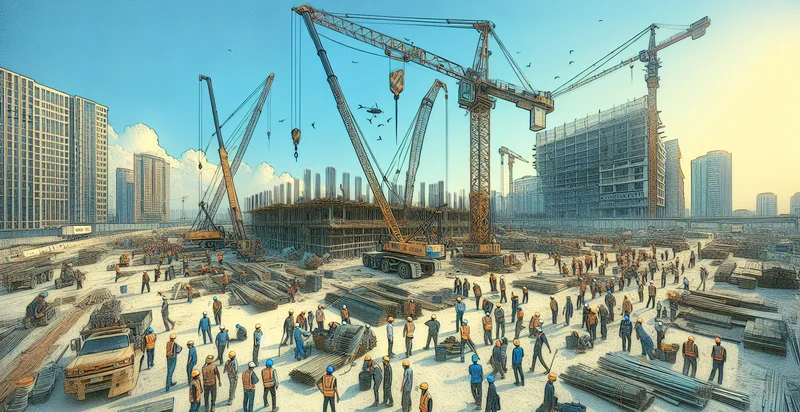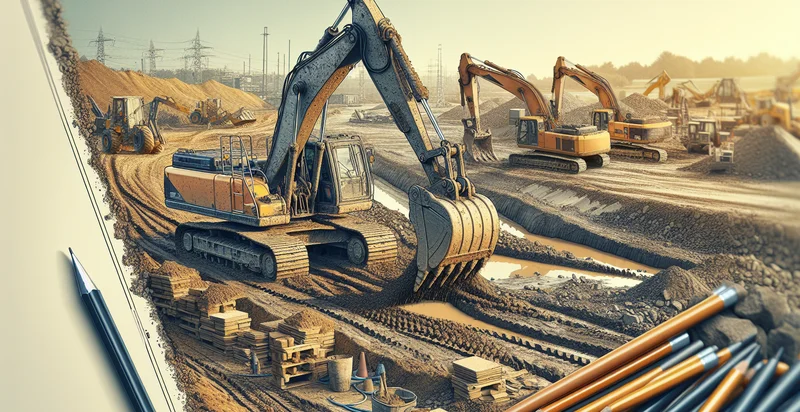Identify crane conditions
using AI
Below is a free classifier to identify crane conditions. Just upload your image, and our AI will predict the optimal working conditions for cranes - in just seconds.

Contact us for API access
Or, use Nyckel to build highly-accurate custom classifiers in just minutes. No PhD required.
Get started
import nyckel
credentials = nyckel.Credentials("YOUR_CLIENT_ID", "YOUR_CLIENT_SECRET")
nyckel.invoke("crane-conditions", "your_image_url", credentials)
fetch('https://www.nyckel.com/v1/functions/crane-conditions/invoke', {
method: 'POST',
headers: {
'Authorization': 'Bearer ' + 'YOUR_BEARER_TOKEN',
'Content-Type': 'application/json',
},
body: JSON.stringify(
{"data": "your_image_url"}
)
})
.then(response => response.json())
.then(data => console.log(data));
curl -X POST \
-H "Content-Type: application/json" \
-H "Authorization: Bearer YOUR_BEARER_TOKEN" \
-d '{"data": "your_image_url"}' \
https://www.nyckel.com/v1/functions/crane-conditions/invoke
How this classifier works
To start, upload your image. Our AI tool will then predict the optimal working conditions for cranes.
This pretrained image model uses a Nyckel-created dataset and has 10 labels, including Aged Condition, Damaged Condition, Excellent Condition, Fair Condition, Good Condition, New Condition, Operational Condition, Poor Condition, Refurbished Condition and Used Condition.
We'll also show a confidence score (the higher the number, the more confident the AI model is around the optimal working conditions for cranes).
Whether you're just curious or building crane conditions detection into your application, we hope our classifier proves helpful.
Related Classifiers
Need to identify crane conditions at scale?
Get API or Zapier access to this classifier for free. It's perfect for:
- Predictive Maintenance: This use case involves using the crane conditions identifier to predict potential equipment failures. By analyzing images of crane conditions in real-time, organizations can schedule maintenance before problems arise, reducing downtime and saving costs.
- Safety Compliance Monitoring: The crane conditions identifier can be employed to ensure compliance with safety regulations. By classifying images of cranes in operation, companies can identify unsafe conditions and take corrective actions to protect workers and machinery.
- Operational Efficiency Analysis: Businesses can use the image classification function to analyze crane usage patterns and conditions. Insights gained can help optimize operation strategies by identifying underutilized equipment or necessary upgrades.
- Quality Control in Construction: Construction companies can utilize this image classification to monitor crane conditions at various project sites. This functionality aids in ensuring that cranes are in optimal working condition, thereby improving project quality and timelines.
- Remote Monitoring Solutions: The crane conditions identifier can be integrated into remote monitoring systems. This allows site managers to receive alerts about crane condition issues from anywhere, improving response times and operational oversight.
- Training and Skill Development: The classification system can be used in training scenarios for crane operators. By presenting them with various classified images of crane conditions, operators can learn to identify potential issues and enhance their problem-solving skills.
- Insurance Risk Assessment: Insurance companies can leverage the crane conditions identifier to assess risk levels associated with different construction sites. By classifying the condition of cranes before issuing policies, they can better determine premiums and coverage options for contractors.


